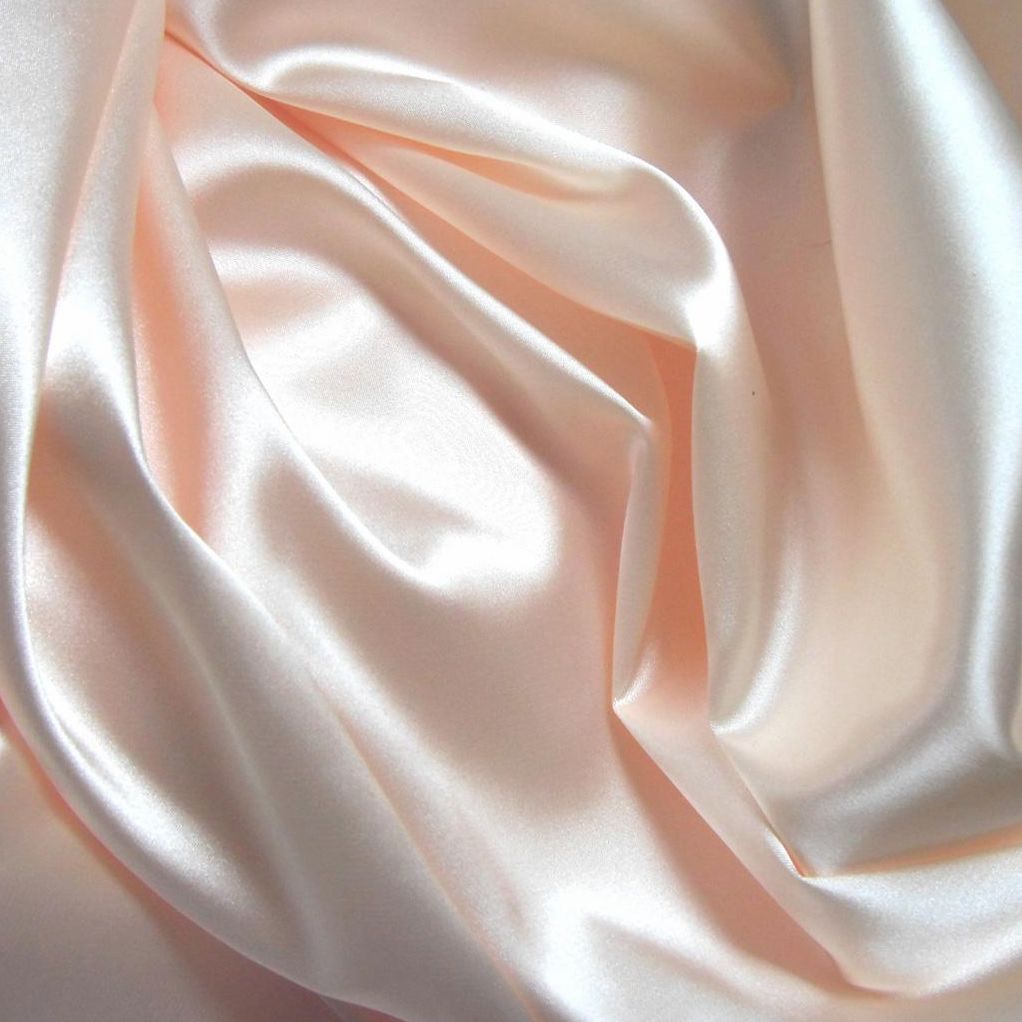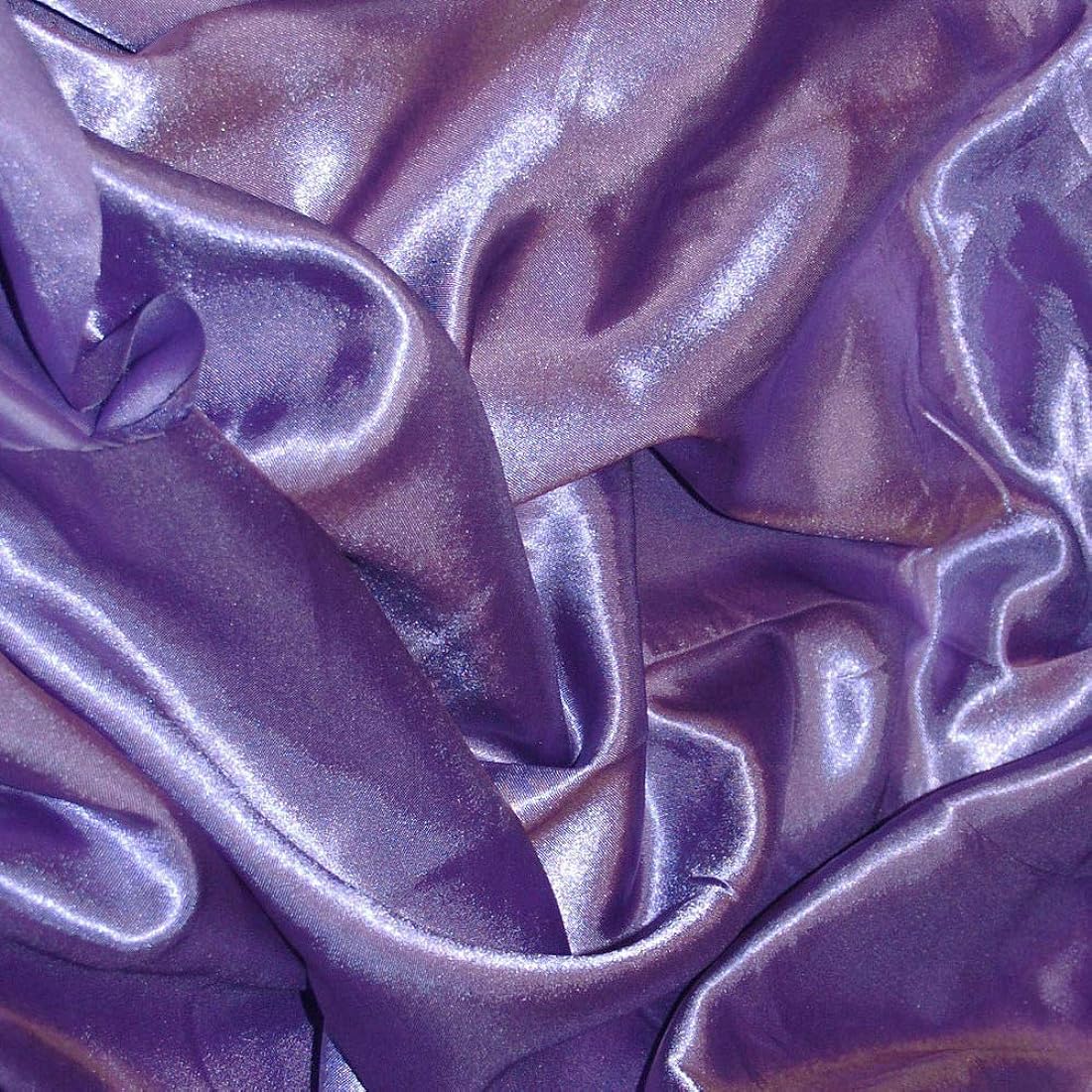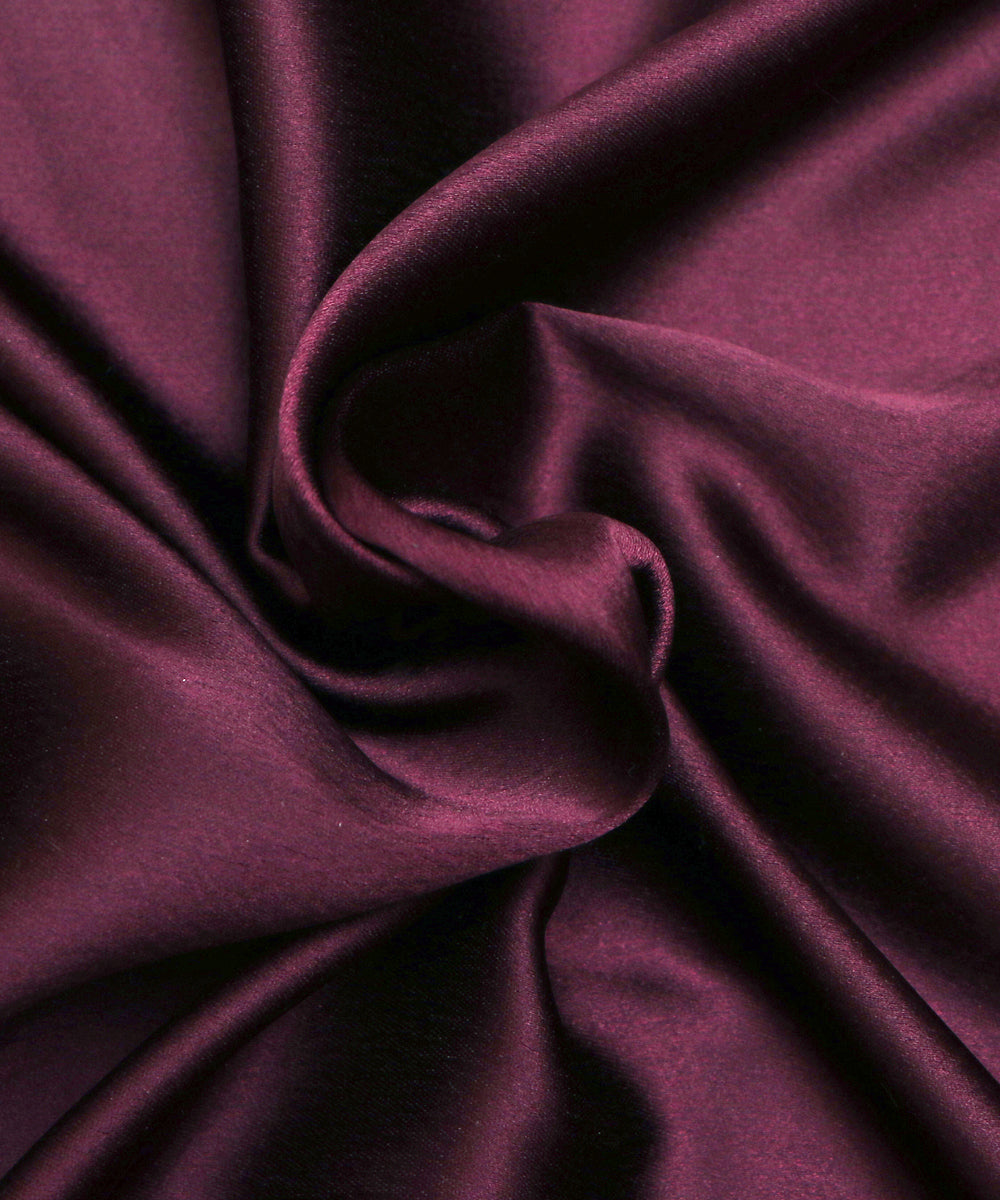Introduction: Embracing Elegance with Satin Fabric
Satin fabric, with its smooth texture and luxurious sheen, has long been synonymous with elegance and sophistication in both home décor and fashion. Derived from silk, polyester, or other synthetic fibers, satin’s distinctive weave gives it a glossy surface that reflects light beautifully. Its popularity spans centuries, gracing everything from evening gowns to bedding and drapery. In this article, we explore the allure of satin fabric, its versatile applications, and how it enhances the aesthetic appeal of any space or wardrobe.

The History and Evolution of Satin: A Fabric Fit for Royalty
Satin fabric traces its origins back to ancient China, where silk was first cultivated. It quickly gained favor among royalty and the elite for its lustrous appearance and luxurious feel. Over time, satin weaving techniques spread across the world, from Europe during the Renaissance to the modern textile industry’s global production hubs. Satin’s evolution from an exclusive luxury item to a more accessible fabric reflects its enduring appeal and timeless charm in various cultures and epochs.
The Characteristics of Satin: Shimmering Elegance and Sensuous Feel
What distinguishes satin fabric is its weave structure—typically characterized by a glossy front surface and a dull back. This weave creates a smooth and soft texture that drapes beautifully, making it ideal for garments and home textiles alike. Satin’s ability to reflect light gives it a subtle shimmer, enhancing its visual allure and adding depth to any setting. Its delicate drape and sensuous feel against the skin make it a favored choice for evening wear, lingerie, and bedding designed for comfort and luxury.

Applications in Fashion: From Red Carpets to Everyday Glamour
In the realm of fashion, satin fabric holds a coveted place for its ability to exude glamour and sophistication. It is often chosen for evening gowns, cocktail dresses, and bridal attire due to its ability to drape elegantly and enhance the wearer’s silhouette. Satin’s smooth surface also makes it a popular choice for tailored blouses, skirts, and trousers, adding a touch of refinement to everyday attire. Its versatility allows designers to create flowing, structured, or minimalist designs that cater to diverse style preferences and occasions.
Satin in Home Décor: Elevating Spaces with Texture and Opulence
Beyond fashion, satin fabric enriches home décor by introducing a sense of opulence and refinement. Satin curtains or drapes lend a luxurious feel to living rooms and bedrooms, creating an ambiance of sophistication and comfort. Bedding made from satin not only looks luxurious but also feels cool and smooth against the skin, offering a comfortable night’s sleep. Satin pillows and throws add tactile richness to sofas and chairs, inviting relaxation while enhancing the aesthetic appeal of any interior space.
Color Palette and Design: Enhancing Satin’s Visual Impact
The color palette available in satin fabric ranges from classic neutrals like ivory, champagne, and black to vibrant hues such as deep reds, royal blues, and emerald greens. These colors appear richer and more saturated due to satin’s reflective properties, making it a favored choice for creating dramatic focal points in both fashion and home décor. Additionally, satin’s smooth surface is conducive to printing intricate patterns and designs, further expanding its creative possibilities in textiles and interior design.

Maintenance and Care Tips: Preserving Satin’s Beauty and Integrity
To maintain satin fabric’s luxurious appearance and longevity, proper care is essential. Satin garments and home textiles should be handled gently to avoid snagging or pulling threads. Dry cleaning is often recommended for delicate satin items to preserve their sheen and texture. For satin bedding and drapery, machine washing on a gentle cycle with mild detergent can be suitable, followed by air drying or low heat tumble drying to prevent excessive wrinkling. Ironing on a low heat setting is recommended to maintain the fabric’s smooth surface.
Sustainable Practices: Exploring Ethical Choices in Satin Production
As consumer awareness of sustainability grows, so does the demand for ethically produced fabrics like satin. Many manufacturers are adopting eco-friendly practices, such as using organic fibers or recycling materials, to reduce environmental impact. Ethical sourcing and fair labor practices are also becoming increasingly important considerations for consumers seeking responsibly produced satin products. By supporting sustainable brands and practices, consumers can enjoy the luxurious allure of satin while contributing to a more environmentally conscious textile industry.

Cultural Significance: Satin’s Influence Across Continents
Across different cultures, satin fabric holds symbolic significance beyond its aesthetic appeal. In Asian cultures, particularly in traditional attire such as qipaos and kimono robes, satin’s smooth texture and vibrant colors symbolize prosperity and cultural heritage. In Western cultures, satin remains synonymous with luxury and celebration, often chosen for formal occasions and milestone events like weddings and galas. Its global appeal underscores satin’s universal allure as a fabric that transcends borders and resonates with diverse aesthetic sensibilities.
Iconic Uses in Cinema and Pop Culture
Satin fabric’s glamorous reputation extends to its frequent appearance in cinema and pop culture. Iconic movie scenes feature satin gowns cascading down grand staircases or billowing in the wind, epitomizing timeless elegance and romantic allure. In music, satin stage costumes add a touch of theatricality and sophistication to performers’ personas, enhancing their visual presence and artistic expression. These cultural references further cement satin fabric’s status as a symbol of opulence and allure in the collective imagination.
Satin’s Role in Sustainable Fashion Movements
As the fashion industry evolves towards sustainability, satin fabric manufacturers and designers are increasingly prioritizing eco-friendly practices. Innovations in sustainable silk production, such as cruelty-free silk alternatives and organic silk farming methods, offer consumers ethical choices without compromising on quality or aesthetic appeal. Furthermore, the rise of vintage and upcycled satin garments reflects a growing preference for timeless elegance and conscientious consumption among environmentally conscious consumers.

Conclusion: Satin’s Enduring Allure in Modern Design
In conclusion, satin fabric continues to captivate designers, decorators, and consumers alike with its timeless allure and versatile applications in both fashion and home décor. From its origins as a symbol of royalty to its widespread availability today, satin’s shimmering elegance and sensuous feel make it a perennial favorite for creating luxurious environments and sophisticated wardrobes. Whether adorning evening gowns on red carpets or enhancing bedroom sanctuaries with opulent drapery, satin fabric remains a symbol of elegance and refinement in modern design.


